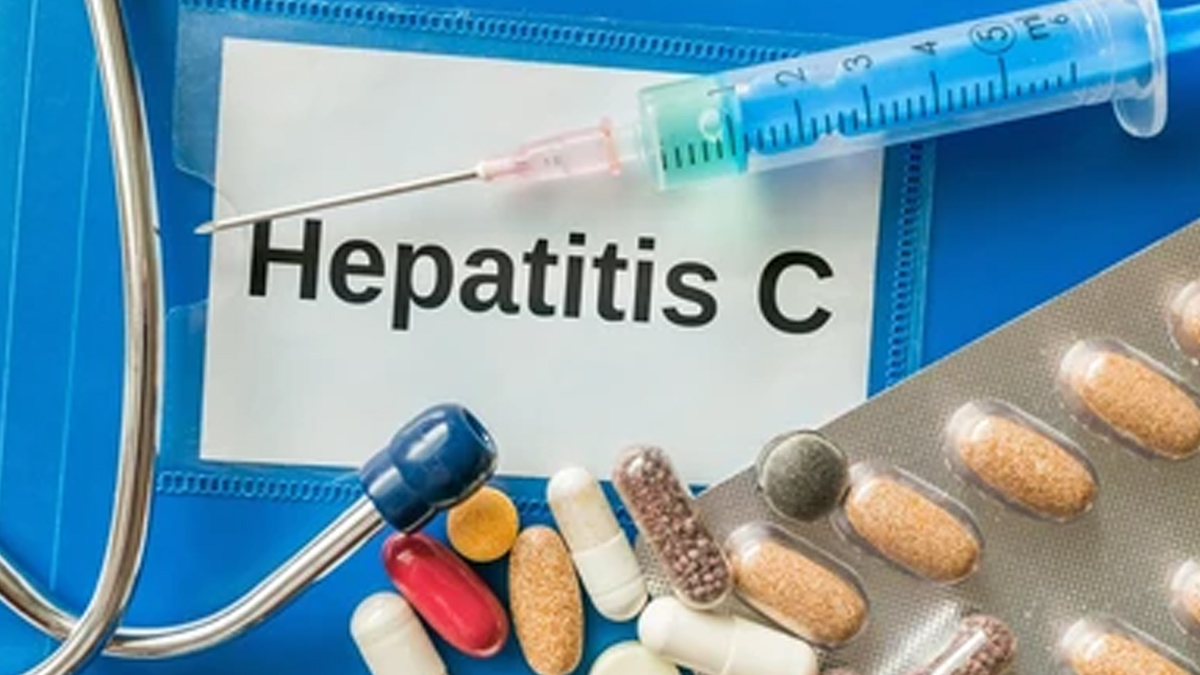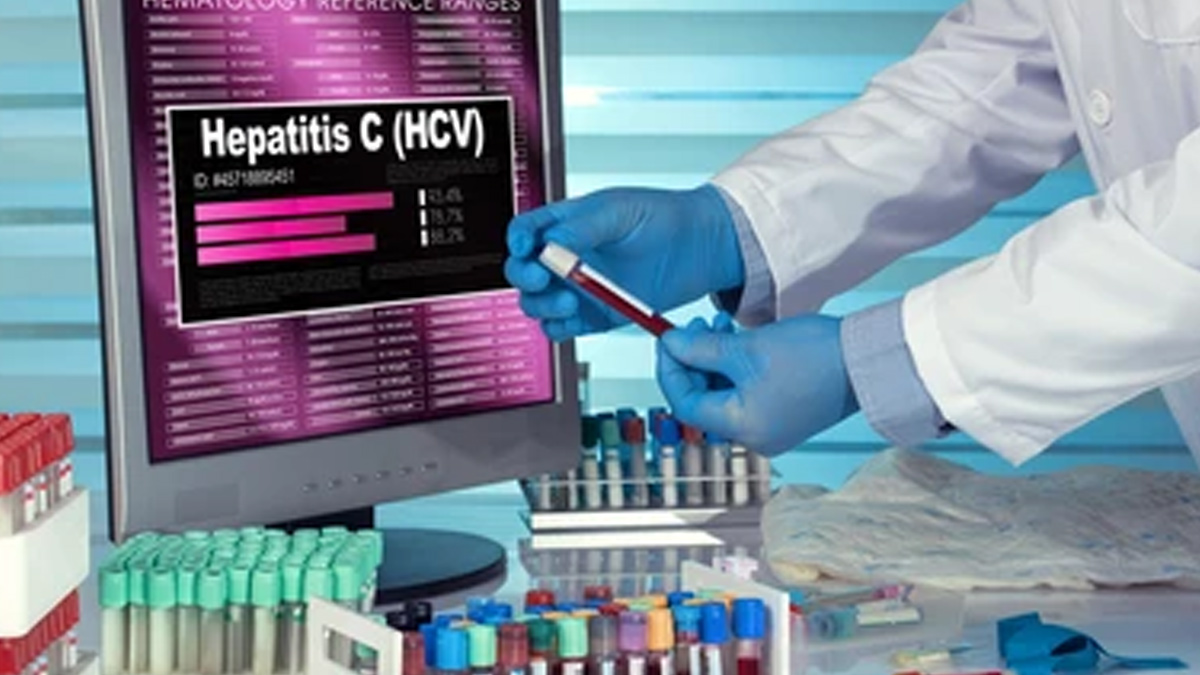
Hepatitis C, a viral infection that impacts the liver, has been a significant public health issue for many years. For a long time, treatment options were few, often requiring long, challenging therapies with substantial side effects and only limited success. However, advancements in treatment have transformed hepatitis C management, making it more manageable for most individuals.
Table of Content:-
The emergence of Direct-Acting Antivirals (DAAs) has significantly improved treatment options, making them more effective and accessible. Consequently, many patients are experiencing better outcomes, and there's renewed hope for those affected. We spoke to Dr Adarsh CK, HOD and Senior Consultant, Medical Gastroenterology, Hepatology and Advanced Endoscopy, Gleneagles BGS Hospital, Kengeri, Bengaluru, who explained the role of modern medicine in treating hepatitis C.
Evolution of Hepatitis C Treatment

Historically, hepatitis C therapy has been limited and largely interferon-based. "This treatment involved getting injections for months, which often caused severe side effects like fatigue, flu-like symptoms, depression, and an inability to make red blood cells. In addition, success rates were about 50%, leaving many patients without a cure," said Dr Adarsh.
The emergence of DAAs, a category of oral antiviral drugs specifically designed to combat the Hepatitis C Virus (HCV) is a breakthrough. "Unlike the former course of interferon-based therapies, which are expensive and far less effective, DAAs achieve higher cure rates in more than 95% of patients. They are also better tolerated, necessitating only 8-12 weeks of oral treatment with few side effects," explained Dr Adarsh.
According to a 2024 study, DAAs for HCV infection have achieved response rates exceeding 95%, greatly simplifying HCV treatment management. This advancement allows non-specialists to effectively treat patients who do not have advanced liver disease.
Breakthrough Treatments Transforming Hepatitis C Care
The emergence of DAAs transformed the landscape of Hepatitis C care. These drugs limit viral replication and stop the ailment at its source. Dr Adarsh lists some of the important medicine compositions used in making medicines for treating hepatitis C:

- Sofosbuvir: A nucleotide polymerase inhibitor that opened the DAA era. It is potent when used in combination therapies.
- Ledipasvir/Sofosbuvir: Fixed-dose combination that allows for a one-pill, once-daily regimen with an excellent cure rate.
- Glecaprevir/Pibrentasvir: Active against all six HCV genotypes; can be used for a short treatment duration (eight weeks in many cases).
- Sofosbuvir/Velpatasvir: The first pan-genotypic regimen capable of treating all variants of Hepatitis C with a very high success rate.
- Sofosbuvir/Velpatasvir/Voxilaprevir: A salvage therapy (backup treatment) for patients who did not respond to earlier DAA treatment.
These therapies have made Hepatitis C curable, preventing liver cancer, cirrhosis, and transplantation in many patients. However, it is important to consult your doctor before trying any medicine as their reactions differ in individuals, and only a healthcare professional can determine the best course of treatment for your specific condition.
Expanding Access to Life-Saving Treatments
-1739853386418.jpg)
Although the treatment of Hepatitis C is now highly effective due to scientific progress, this availability has not reached everywhere in the world. There were also initial availability constraints due to the high prices of the medicines, which have since been improved to a great extent through efforts by governments, the pharmaceutical industry and health organisations.
- Generic DAAs: Access to affordable generic versions of DAAs has expanded treatment options for millions across many low and middle-income countries.
- Country Elimination Programs: The widespread distribution of free or subsidised DAAs has been crucial to the success of the national Hepatitis C elimination programs initiated by Egypt, Australia and others.
- WHO Goals: The World Health Organization (WHO) seeks to eliminate Hepatitis C as a public health threat by 2030 with early diagnosis and universal treatment.
Also Read: WHO Prequalifies First Hepatitis C Self-Test, OraQuick To Boost Global Efforts For HCV Elimination
Impact on Patient Outcomes
The transition to DAAs has been transformative in patient outcomes. "Unlike earlier treatments, DAAs achieve a Sustained Virologic Response (SVR), which means that the virus is undetectable in the blood 12 weeks after completing the treatment, a functional cure. This avoids complications related to the liver, can help improve quality of life, and can lead to lower death rates," explained Dr Adarsh.
Through treatment, patients who once faced a lifetime of illness and liver failure can now look forward to a complete recovery. Moreover, the Hepatitis C cure prevents potential transmission, contributing to public health.
Challenges and Future Prospects
While significant strides have been made, there are still multiple hurdles to overcome in the battle for hepatitis C. Here are some challenges listed by the expert:

- Screening and Diagnosis: Due to the silent nature of the disease, many people do not realise they have a hepatitis C infection. Awareness should be raised and large-scale screening programs should be implemented.
- Treatment Availability: The cost is down, but access remains unequal, especially for underserved groups. There is a need to expand healthcare infrastructure and negotiate more price reductions for DAAs.
- Prevention of Reinfection: Education and harm reduction strategies are critical to reinfection prevention, particularly in high-risk populations like intravenous drug users.
In the future, Hepatitis C vaccines, enhanced screening methods, and improved global health initiatives will further drive progress toward eliminating the disease.
Bottomline
Dr Adarsh concluded, "Modern medicine has effectively turned Hepatitis C from a chronic, life-threatening condition into a curable disease. The development and widespread adoption of DAAs have revolutionised treatment, offering hope to millions. As access continues to improve and global health initiatives accelerate, the dream of eradicating Hepatitis C is closer than ever."
[Disclaimer: This article contains information provided by an expert and is for informational purposes only. Hence, we advise you to consult your professional if you are dealing with any health issue to avoid complications.]
How we keep this article up to date:
We work with experts and keep a close eye on the latest in health and wellness. Whenever there is a new research or helpful information, we update our articles with accurate and useful advice.
Current Version